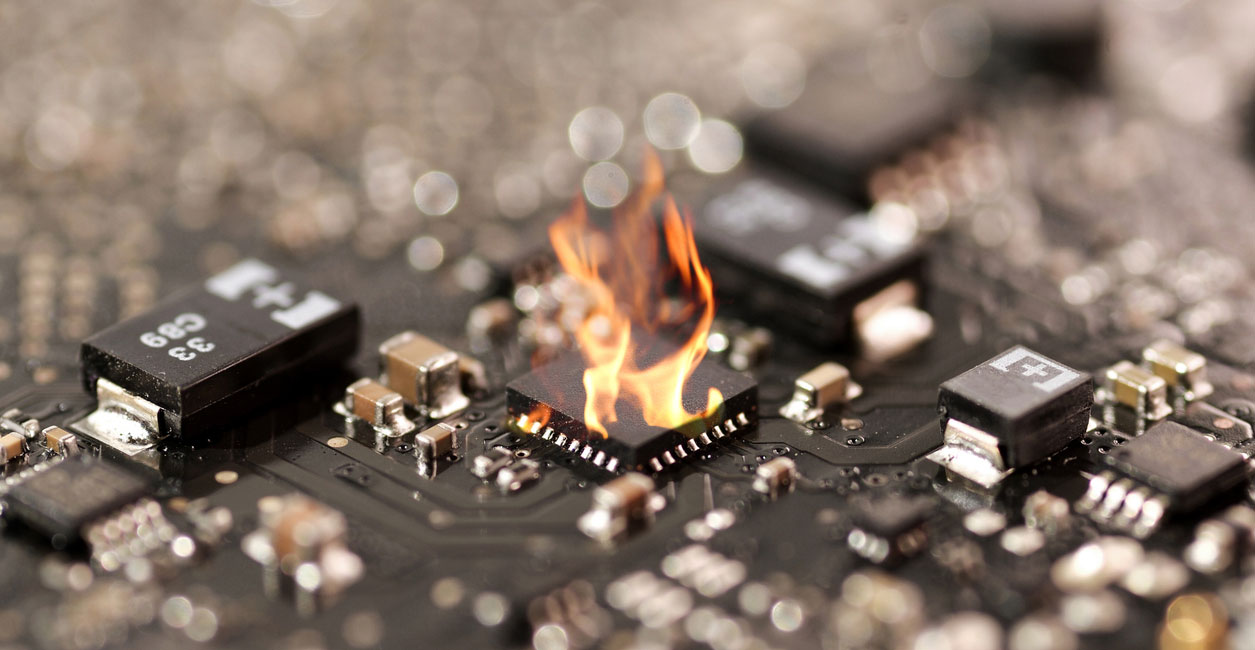
Static electricity has proven to be a constant danger to our electronic devices. Here in Wichita, it’s especially an issue during dry Kansas winters. Many electronic items today can store thousands of volts in electrostatic charges, yet it only takes 25 electrostatic volts to damage an electric circuit. Here are a few ways to keep your electronics safe from static electricity.
What is Static Electricity?
Static electricity is an electric charge, generally caused by friction, that causes sparks or crackling. These charges can vary. The word static simply means the charge cannot be equalized or transferred through electromotive force until the electrical capacity between the two objects is decreased. Examples of electrostatic discharge, or ESD, include the shock we receive when we walk across carpet and touch a metal doorknob, or the static electricity we see in the dark after drying blankets in the dryer. A more dramatic example of ESD is lightning. While most of these events are harmless, severe ones can leave you with expensive problems, especially in an industrial environment.
When Are My Electronics at Risk For Static Electricity Damage?
We’ve all heard warnings in regards to staying properly grounded when working on our electronic devices, but have advances in technology lessened this problem? The short answer is that ESD is even more of a risk now due to devices getting smaller and faster, but policies and procedures have helped lower the risk of damage to electronics.
Sources of ESD damage to equipment include:
- Handling circuit boards without using an electrostatic wrist strap.
- Placement of synthetic materials (i.e. plastic, etc.) on or near electronic equipment.
- Rapid movement of air near electronic equipment (including using compressed air, fans blowing on electronics, or using an electronic device close to an air handling system).
In all three scenarios, static charges may occur but you may never know it. Also, a charged object does not necessarily have to contact the item for an ESD event to occur.
How Does Static Electricity Damage Electronics?
Think of static electricity as a tiny lightning bolt. The heat from any ESD event is extremely hot, even though we don’t feel it when we are shocked. But, when the charge is released onto an electronic device, the heat from the charge can melt the internal components of a device, causing it to fail. Sometimes an ESD event can damage a device, but it continues to function. This is a called a latent defect, which is hard to detect, and shortens the life of the device.
How Can You Prevent Static Electricity Damage to Electronics?
It’s unlikely you can eliminate electrostatic discharge completely. However, experience has shown that the following guidelines are helpful:
- Keep all synthetic materials at least four inches away from electronic equipment.
- When cleaning circuit boards, use a spray labeled as non-static forming.
- When handling circuit boards, always wear a static wrist strap that’s grounded to the frame of the device.
- Treat carpets and floors with compounds that reduce the buildup of static electricity.
Keep this information in mind to prevent damage to your electronics.
Looking for more ways to protect your electronics? Discover how a whole-house surge protector can keep all of your electrical appliances and electronics safe from electrical surges.


